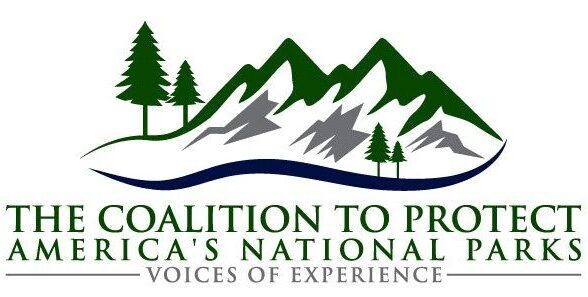
June 5, 2024
Via electronic mail
The Honorable David Rouzer, Chairman
House Subcommittee on Water Resources and Environment
ry************@ma**.gov
The Honorable Grace F. Napolitano, Ranking Member
House Subcommittee on Water Resources and Environment
ry*********@ma**.gov
Re: Remediation of Formerly Used Defense Site at Buxton, NC, within Cape Hatteras National Seashore
Dear Chairman Rouzer and Ranking Member Napolitano:
We are writing to call your attention to an ongoing crisis involving petroleum pollution, large building fragments, septic system remnants, and other physical and chemical hazards abandoned along the shoreline of Cape Hatteras National Seashore at the site of former U.S. Navy and U.S.
Coast Guard facilities in Buxton, North Carolina, as shown in the photographs below. We are concerned that the U.S. Army Corps of Engineers (“the Corps” or “USACE”) has not remediated the dangers left behind by the Department of Defense (“DOD”) and by its insistence that it lacks the authority to do most of the work necessary to restore the site. We ask that the subcommittee conduct oversight and, if necessary, authorize the Corps to remediate the hazards and restore this treasured unit of the National Park System.
OVERVIEW
According to the Corps’ own website, “DOD is responsible for the environmental restoration (cleanup) of properties that were formerly owned by, leased to or otherwise possessed by the United States and under the jurisdiction of the Secretary of Defense prior to October 1986. Such properties are known as Formerly Used Defense Sites or FUDS. . . . The U.S. Army Corps of Engineers executes the FUDS Program on behalf of the U.S. Army and DOD.1U.S. Army Corps of Engineers, Formerly Used Defense Sites Program, https://www.usace.army.mil/missions/environmental/formerly-used-defense-sites/.”
The Buxton Beach Access site where the ongoing petroleum contamination, building debris, and other chemical and physical hazards are located has a well-documented history as a FUDS, which is summarized on this National Park Service website.2National Park Service, Cape Hatteras National Seashore: Buxton Beach Access, https://www.nps.gov/caha/learn/news/buxton-beach-access.htm. Briefly, the U.S. Navy developed and used the approximately 50-acre site at the end of Old Lighthouse Road in Buxton, within Cape Hatteras National Seashore, as a submarine monitoring station from 1956 to 1982 under a Special Use Permit issued by the National Park Service (“NPS”). Then the U.S Coast Guard occupied and used portions of the site as a logistical, communication, medical, and supply support center between 1984 and 2010 under a Memorandum of Understanding with the NPS.
The original Special Use Permit granted to the Navy by the NPS in 1956 included the condition that the Navy must “remove all structures, foundations, and pavements, and clean up and restore the site prior to or immediately following termination of use.” Although the Corps has done some remediation work at the site in the past, the beach and coastal dunes at the site have, predictably, eroded in recent years, resulting in the foreseeable exposure of a considerable amount of infrastructure debris as well as petroleum contamination of the National Seashore beach, as shown in the March 2024 photographs above and in numerous other photographs on the NPS’s Flickr webpage.3Flickr, https://www.flickr.com/photos/capehatterasnps/albums/72177720315007485/with/53556068533.
In 1991, the former Navy facility property was determined to be a FUDS property and eligible for remediation under the Defense Environmental Restoration Program (10.U.S.C. § 2701). Pursuant to 10 U.S.C. § 2701(c)(1)(B), DOD is responsible for the environmental restoration of FUDS, and it executes this restoration program through the Corps. Although the Army Corps of Engineers, Savannah District, is aware of the petroleum contamination and abandoned infrastructure at the site, thus far the Corps’ response to addressing these concerns has been limited. The Corps has conducted some remediation activities at the site in the past, including removal of some of the oil-contaminated soil and above-ground portions of buildings in the 1980s and removal of a single 70-foot section of pipe in recent weeks, and it continues to monitor groundwater quality for petroleum-related contaminants, yet much pollution and dangerous debris remains to be removed.
Click here to read the full letter.
